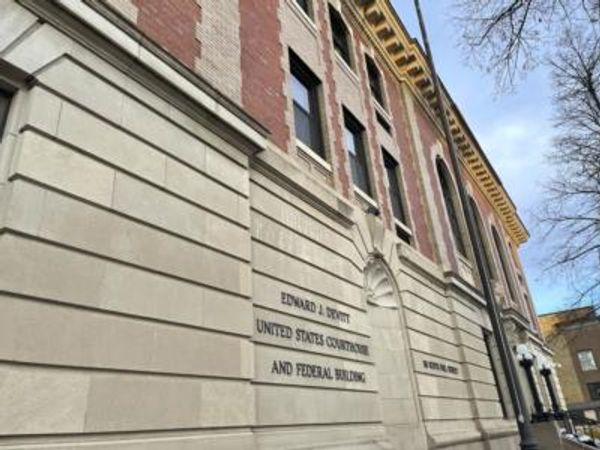
Somewhere in the attic, I have a photograph of me with a jackdaw. Nothing remarkable about that, you might think – but it was taken more than 60 years ago, when I was about 18 months old. I suppose that makes the jackdaw my first ever bird.
Even today, I have a soft spot for our smallest and most endearing crow. And if you live in a country village, as I do, it is hard to avoid their presence.
They flock around the church tower, or gather along with the larger rooks and crows in the surrounding fields. Sometimes, they even wake me up as they perch on our chimney, uttering the curious call that gives the bird its name. Actually, that’s only half the story: unlike other nicknames for birds – robin redbreast, Jenny wren and so on – the name is affectionate and onomatopoeic.
Like other common and familiar birds, jackdaws are often overlooked. But on winter evenings, they do put on a show. Half an hour or so before dusk, they gather in flocks of dozens – sometimes even hundreds – of birds, before flying low overhead towards their communal roost.
It may not quite be as spectacular as starling murmurations, but it is still a classic sight – and sound – of the British countryside. And it reminds me why, all those years after I first encountered one, jackdaws are a bit special.







